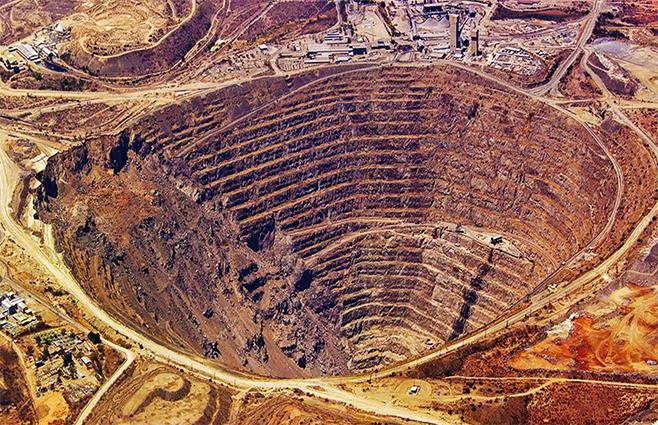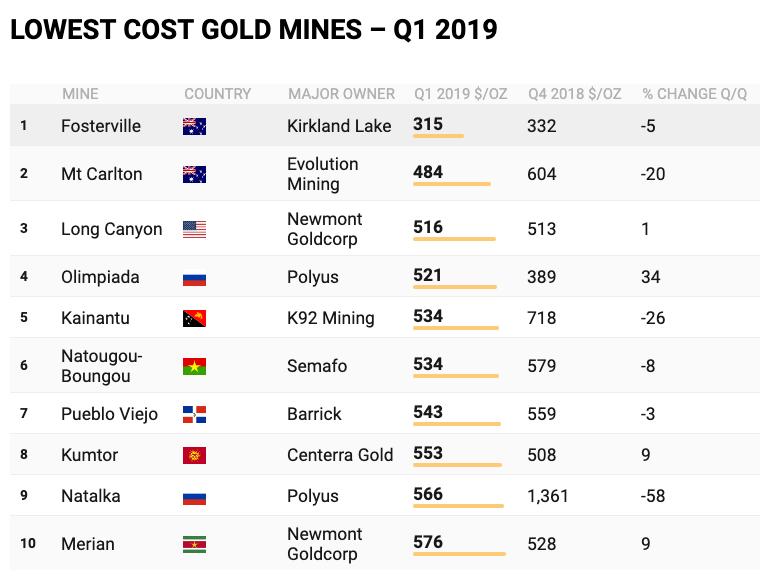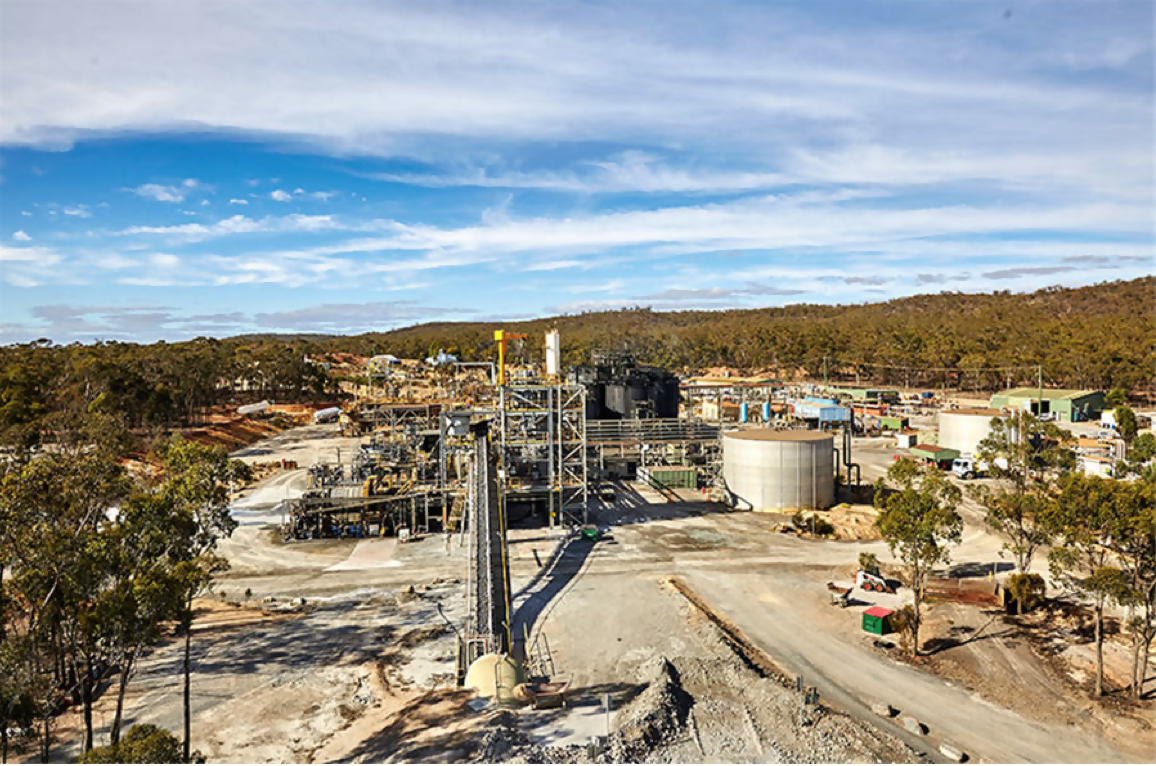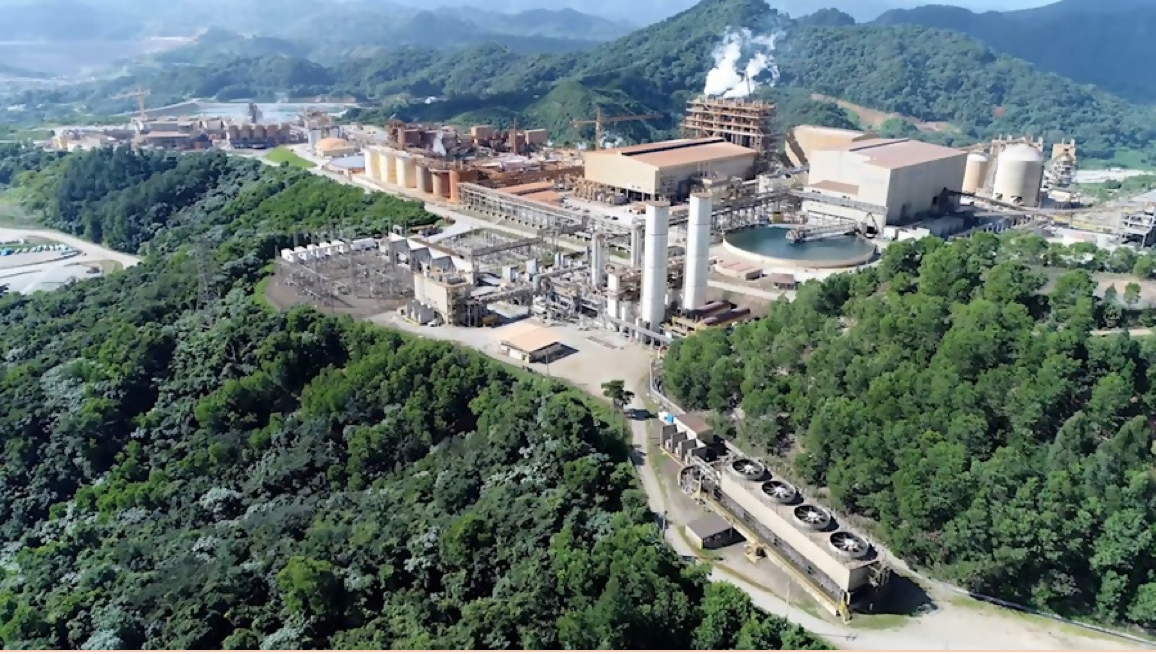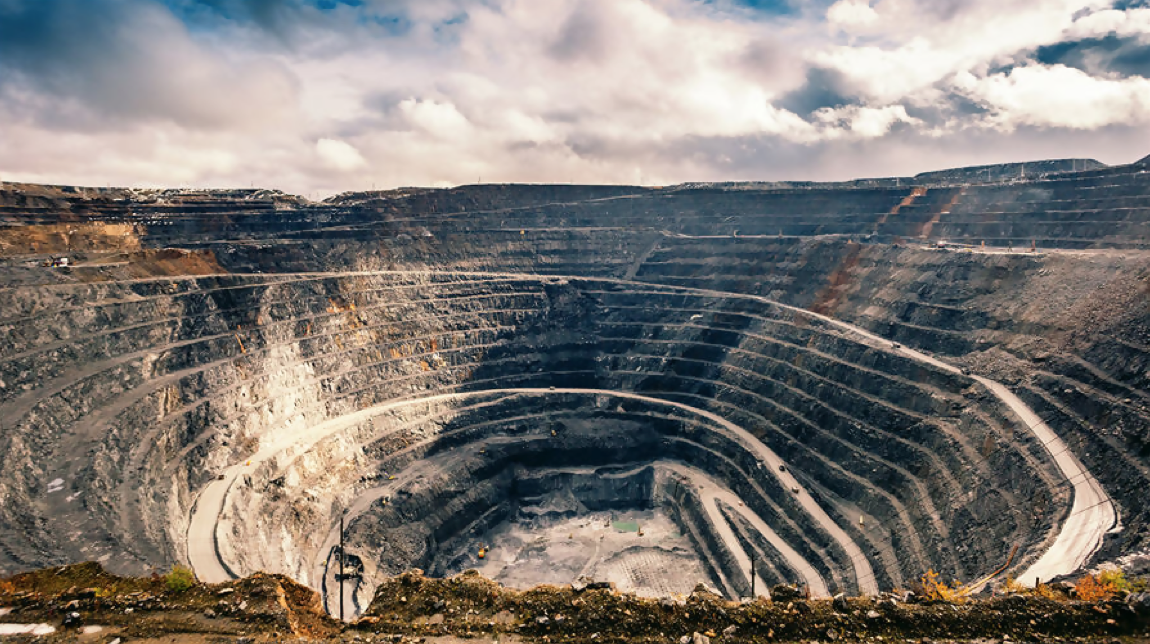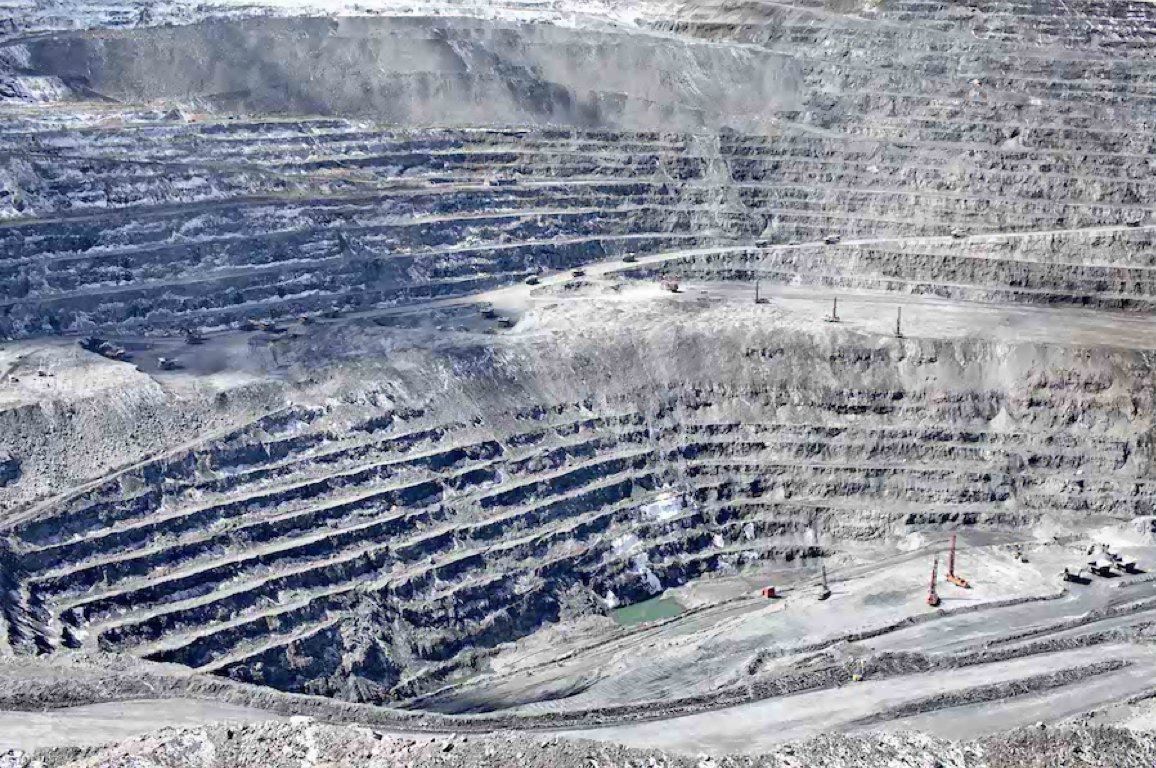Authored by Tom Lewis via GoldTelegraph.com,
Gold has been a medium of exchange for thousands of years. It is easy to carry, and its very rarity makes it a valuable commodity. While we can’t be certain how much gold remains undeveloped, the cost of finding and mining gold is increasing. First, new deposits need to be discovered and explored; then the find must be analyzed. Only then can a mining company bring the equipment to extract the precious ore.
It’s a long and expensive process from ore to gold bullion, and the price of gold must keep up with the cost of production. It’s important to remember, however, that every ounce of gold produced will be around forever because of its physical properties.
The price of gold may fluctuate, but gold will retain its value at all times because of its physics and universal recognition.
Due to higher production costs, mining companies need to operate efficiently. In 2019, the average all-in sustaining costs (AISC) of mining for gold rose to $1,000 per ounce from $988 per ounce in the last quarter of 2018. Indications are that the major mining companies can control their cost of production and keep their operations cost-efficient. This is excellent news for investors.
Below is a list created by Mining Intelligence of the top primary gold production companies and their production costs. A primary gold operation is a mining company which derives 80 percent of its revenues from gold production.
Six of the top 10 lowest cost mines shown have seen their costs decline during Q1 2019, led by Kirkland Lake’s Fosterville located in Australia. Fosterville Mine has been the leader in cost efficiency for the past two quarters. Their gold production rose to 356,230 ounces in 2018, with 400,000 ounces anticipated by the end of 2019.
Barrick’s Pueblo Viejo in the Dominican Republic also tops the charts for world’s lowest gold production cost at below $550 an ounce in 2019. Barrick mined 581,000 ounces of gold in 2018 at a cost of $623 per ounce. The company has announced a billion-dollar expansion project.
Three gold mines showed a 20 percent or more improvement in their production costs, which also placed them in the top ten cost-efficient mining companies. These companies are:
Evolution Mining in Queensland, Australia, owns the Mt Carlton open-pit mine which has produced 100,000 ounces of gold for three years in a row.
Kainantu Mine in in Papua New Guinea. Kainantu is producing 120,000 ounces of gold annually and attempting to surpass that goal.
Polyus Mine’s Olimpiada mine in Natalka, Russia is another mine with considerable production promise.
Kumtor Mines is owned by Centerra and is located in China. Kumtor is Central Asia’s largest gold mining operation. It produced 534,563 ounces of gold in 2018.
A welcome addition to the top-ten list is the Canadian-based Semofa’s Natougou-Boungo mine located in Burkina Faso. This open pit mine has shown considerable promise while keeping mining operation costs at $534 an ounce.
Three mines that were dropped from the top-ten list were Norgold’s Neryungri mine in Russia, Alacer’s Copler mine in Erzincan, Turkey, and Hounde mine in Burkina Faso.
While much of the world’s gold may have already been found and mined, exploration efforts should ramp up in this next bull market with the hunt for finding and expanding deposits.
via ZeroHedge News https://ift.tt/2OsJQBI Tyler Durden
